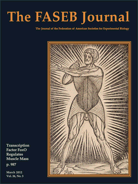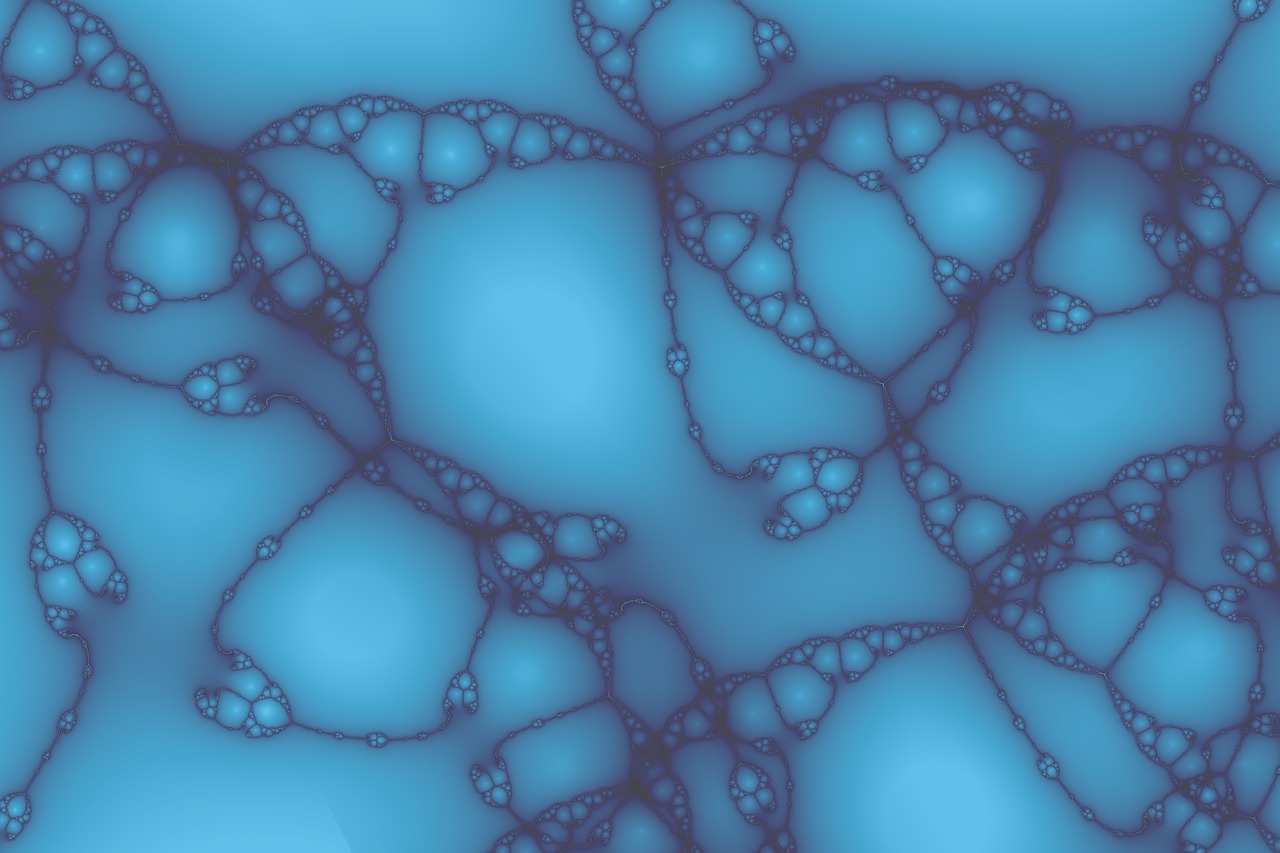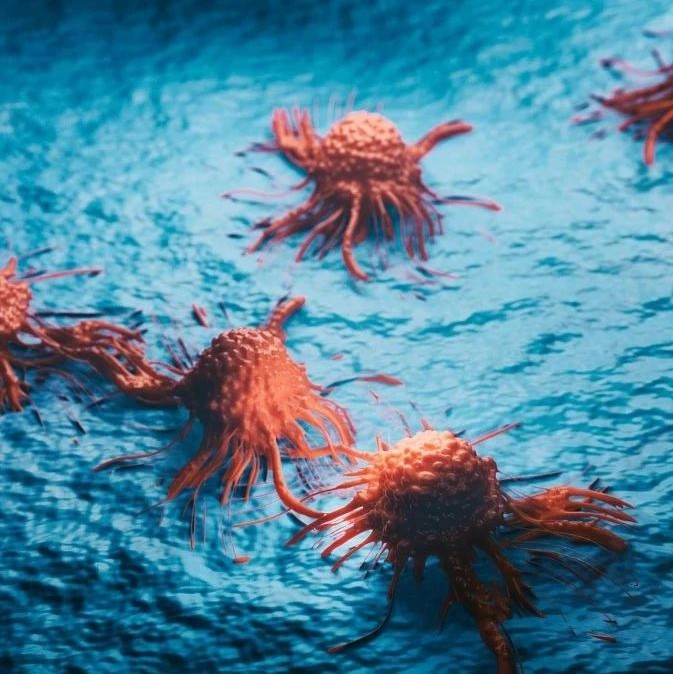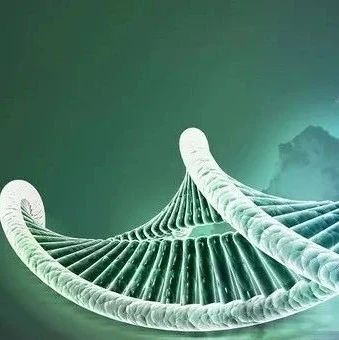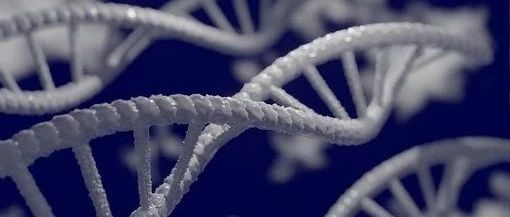导读:斯坦福大学队和欧洲的科学家新的研究揭示也许有一天,患脉粥样硬化疾病的人能够避免截肢缺血现象。发表在FASEB杂志一个新的研究报告表明只要提供两个分子机体自然产生的PDGF-BB和血管内皮生长因子的基因,就有可能会成功导致身体长出新的血管,以防止肢体缺血。
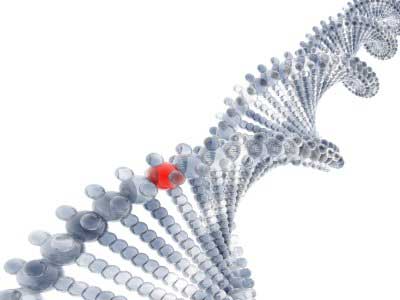
斯坦福大学队和欧洲的科学家新的研究揭示也许有一天,患脉粥样硬化疾病的人能够避免截肢缺血现象。发表在FASEB杂志一个新的研究报告表明只要提供两个分子机体自然产生的PDGF-BB和血管内皮生长因子的基因,就有可能会成功导致身体长出新的血管,以防止肢体缺血。
坦福大学再生医学和干细胞生物学研究所干细胞生物学的巴克斯特实验室研究员、FASEB杂志的副主编Helen M. Blau博士说:“我们希望我们的研究结果最终将发展成为一种安全和有效的治疗方法,用于治疗患于四肢动脉阻塞的病人,就目前来说还没有合适的手术或药物来治疗这些病人。这可能有助于降低截肢对患者本人和他们的家庭产生灾难性的后果”。
在这项研究中,Blau和他的同事包括Andrea Banfi(现在在瑞士巴塞尔大学)将PDGF-BB和VEGF的基因导入小鼠的肌肉中,无论是导入一个基因还是同时引入两个基因。当血管内皮生长因子单独过高生成时,小鼠体内出现血管瘤的生长现象。当PDGF-BB和VEGF的量生成不平衡时,肿瘤生长也有发生。然而,当VEGF和PDGF以一个固定的比例生成时,没有肿瘤发生,缺血性肌肉血流量恢复,组织损伤也得到修复并且无任何毒副作用。为了达到PDGF-BB和VEGF的“平衡”,科学家将这两种基因放置于一个被称为“载体”的单基因治疗传递机制中。
Blau指出:虽然研究显示稳健和安全的新血管增长对恢复病变组织血流的方法是可行性,但通过促血管生成基因治疗策略治疗外周血管疾病有多重挑战。该疗法要想在临床上获得成功,需要提供有效的编码血管生成因子的基因结构,确保基因能达到疾病部位发挥疗效以带来最大的临床效益。
FASEB杂志主编Gerald Weissmann博士说:基于分子生物学最新技术的研究工作告诉我们,这是可能重振我们身体中不能得到足够的血液部分,能让这些部位获得血流供应。

Therapeutic angiogenesis due to balanced single-vector delivery of VEGF and PDGF-BB.
A. Banfi, G. von Degenfeld, R. Gianni-Barrera, S. Reginato, M. J. Merchant, D. M. McDonald, H. M. Blau
Therapeutic angiogenesis by delivery of vascular growth factors is an attractive strategy for treating debilitating occlusive vascular diseases, yet clinical trials have thus far failed to show efficacy. As a result, limb amputation remains a common outcome for muscle ischemia due to severe atherosclerotic disease, with an overall incidence of 100 per million people in the United States per year. A challenge has been that the angiogenic master regulator vascular endothelial growth factor (VEGF) induces dysfunctional vessels, if expressed, outside of a narrow dosage window. We tested the hypothesis that codelivery of platelet-derived growth factor-BB (PDGF-BB), which recruits pericytes, could induce normal angiogenesis in skeletal muscle irrespective of VEGF levels. Coexpression of VEGF and PDGF-BB encoded by separate vectors in different cells or in the same cells only partially corrected aberrant angiogenesis. In marked contrast, coexpression of both factors in every cell at a fixed relative level via a single bicistronic vector led to robust, uniformly normal angiogenesis, even when VEGF expression was high and heterogeneous. Notably, in an ischemic hindlimb model, single-vector expression led to efficient growth of collateral arteries, revascularization, increased blood flow, and reduced tissue damage. Furthermore, these results were confirmed in a clinically applicable gene therapy approach by adenoviral-mediated delivery of the bicistronic vector. We conclude that coordinated expression of VEGF and PDGF-BB via a single vector constitutes a novel strategy for harnessing the potency of VEGF to induce safe and efficacious angiogenesis.—Banfi, A., von Degenfeld, G., Gianni-Barrera, R., Reginato, S., Merchant, M. J., McDonald, D. M., Blau, H. M. Therapeutic angiogenesis due to balanced single-vector delivery of VEGF and PDGF-BB.
文献链接:https://www.fasebj.org/content/early/2012/03/05/fj.11-197400

